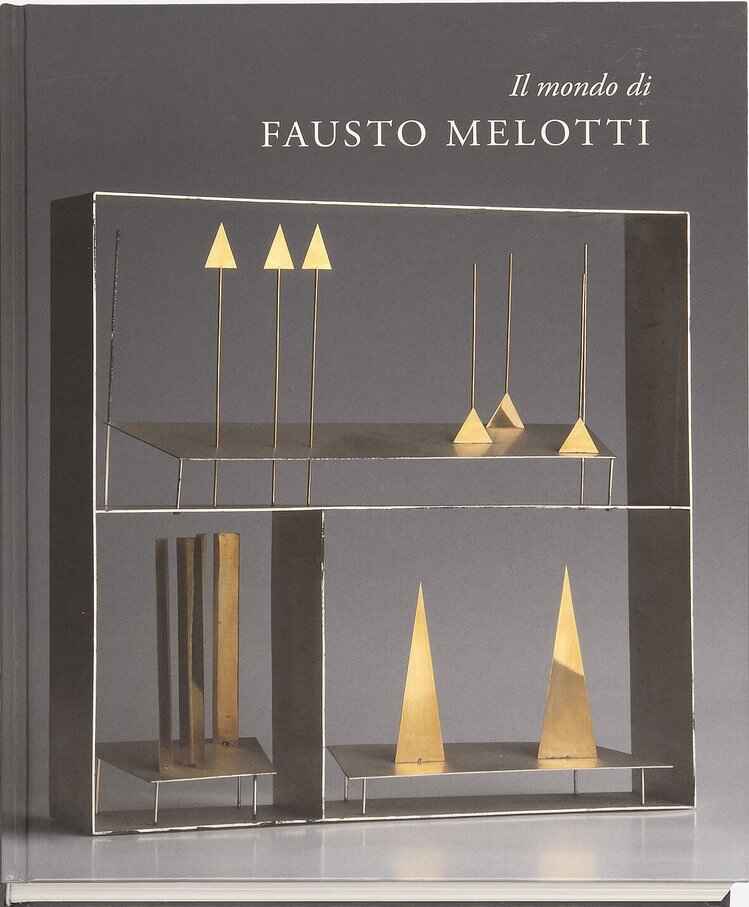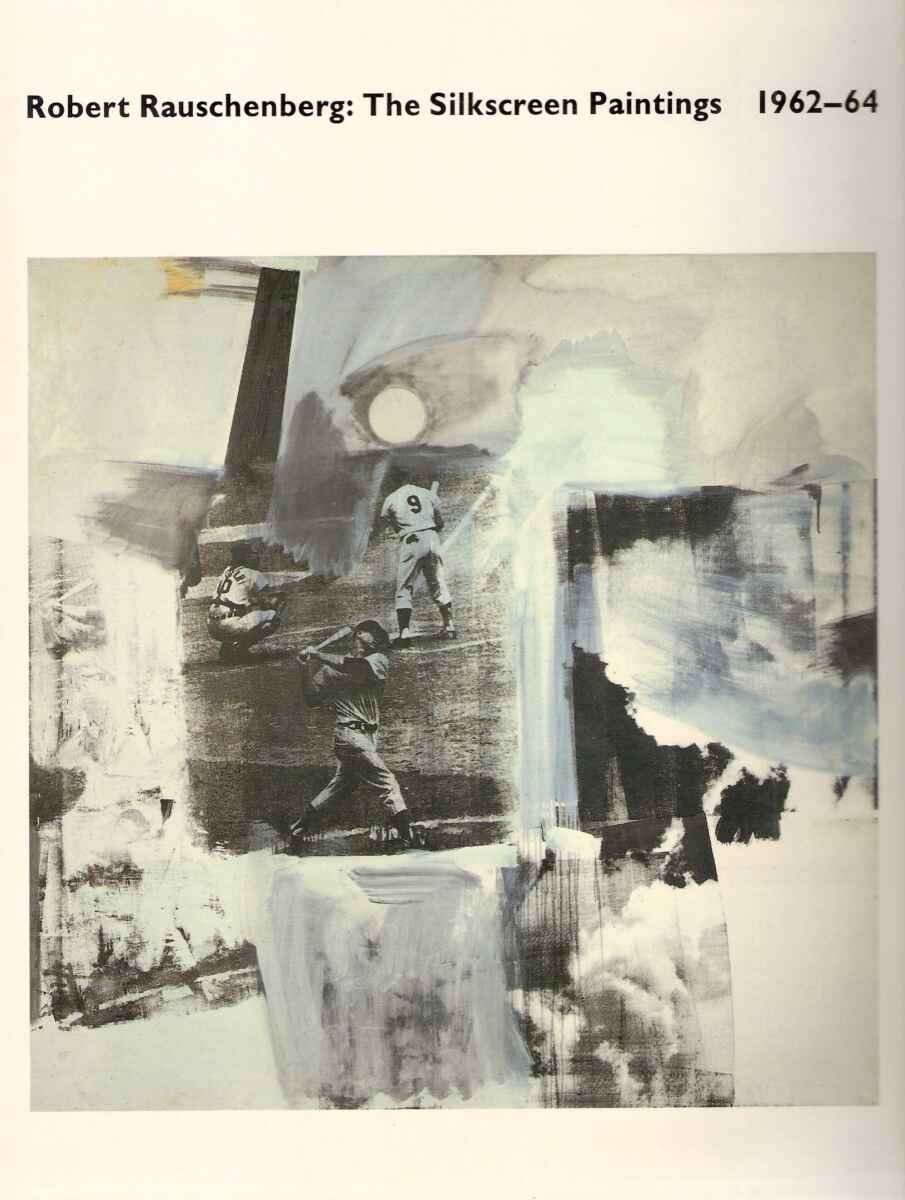
Art Basel 2020 took only place online. This year’s edition was postponed from June to September. Finally, on the first days only for VIP’s, Art Basel 2021 opened its doors on September 20. As always, the gigantic fair manages to replace a few dozen museum exhibition and art gallery visists. The offer is simply mindblowing. Here a few highlights of my many tours around the art fair.
Vedovi gallery from Bussels offered a small Magritte exhibition with roughly a dozen works. Michael Haas from Berlin showed, among other works, an early, rare and outstanding 1942 Dubuffet gouache on cardboard entitled Trois femmes nues au bois which, according to the German galerist, was inspired by The Three Graces in a work by Botticelli.
London’s Bernard Jacobson Gallery organized a show with over a dozen still-life paintings by Georges Braque (1882-1963) painted between 1922 and 1955, accompanied by a 40-page publication entitled Georges Braque: The Poetry of Things. In the booklet, Mel Gooding writes that, in a Braque still life or interior, no object remains untransformed. From Cézanne, the painter learned that no space is continuous and unified. In Braque’s universe, space does not exist independent of the objects within it. This and much more you learn from Mel Gooding.

In December 1990, New York City’s Whitney Museum of Art had published an exhibition catalogue about their show written by Roni Feinstein: Robert Rauschenberg: The Silkscreen Paintings 1962-64, which includes valuable information for any collector (Amazon.com, Amazon.co.uk, Amazon.de).
Robert Rauschenberg
Thaddaeus Ropac gallery (London, Paris, Salzburg, Seoul) showed two large scale works by Robert Rauschenberg (1925-2008). Clearly my favorite was Star Grass from 1963. This oil on canvas (150.5 x 104.8 x 5.1 cm) was first purchased by Leo Castelli Gallery in New York from the artist. It just went through the hands of the collectors Margo and Gilbert Hahn in Washington, D.C. before their estate was auctioned off by Sotheby’s New York in 2015, where it was bought by Thaddaeus Ropac.
A few months after Andy Warhol‘s adoption of the process, in 1962, Robert Rauschenberg first experimented with black silk screen, eliminating color, to get used to this technique new to him. Later he added color, as in Star Grass. This works has a direct relationship with others created in 1962, sharing source imagery with Stop Gap (Hara Museum, Tokyo) and Die Hard (private collection).
In 1968, in his lithograph Autobiography, Robert Rauschenberg reflected on his move to silkscreens: “Began silk screen paintings to escape familiarity of objects & collage.” Aspects of collage are still present in these works, however, in which he used commercially prepared screens to transfer media images and his owns photographs on canvas.
The image in Star Grass includes a New York cityscape seen across a waterway, with a curved overpass in the foreground, which suggests associations with travel, speed and modernity. Robert Rauschenberg revealed his process by displacing the edges of the overlapping imprints, so that the orb of the moon appears in triplicate. He included an image of the Ring Nebula in the northern constellation of the Lyra that he found in the Scientific American magazine. According to Roni Feinstein, Star Grass can be seen as a modern analogue to Vincent van Gogh‘s The Starry Night (1889). He used photographic images to provoke a particular kind of sight and thought, one attuned to discerning formal and conceptual differences among visual images, to recognising patterns, to making correspondences, to engaging in conversations with images that are being place one against the other. Content therefore remains open-ended, as unpredictable and variable as its form, subject to the viewer’s thoughts perceptions and experiences.
In addition, Roni Feinstein noted that the formal complexity of Star Grass invites the viewer to decipher its information and become increasingly seduced by its form. This silkscreen eradiates emotion and sensuality, offers a theatrical bent, engages intellect, memory and eye. Robert Rauschenberg’s silkscreens in general reflect the artist’s enthusiasms, concerns and political beliefs.
The upper right stripped fabric image appears also in Die Hard and recalls Robert Rauschenberg’s Automobile Tire Print from 1953, which was created in collaboration with his friend, the composer John Cage, who drove the artist’s Model A Ford through black paint and then along 20 sheets of paper to create an imprint of its tyre thread.
Rorbert Rauschenberg’s addition of a contrasting red square at the center bottom of Star Glass is a poetic inflection, which recalls his red brushwork in Stop Gap. However, Star Grass is unique among the artist’s silkscreens in that the imagery is not dense or crowded, created instead a sophisticated interplay between the images and negative space.
When Robert Rauschenberg was awarded the prize for painting at the Venice Biennale in 1964, he called a friend and told him to destroy the silkscreens used in the 1962-64 paintings, thus removing the temptation to repeat himself, ensuring he would move on to something new.
At Art Basel Unlimited, Thaddaeus Ropac had another outstanding work by the American painter on offer. Rauschenberg’s 386 x 395 cm mixed-media (acrylic, collage, graphite on canvas) Rollings (Salvage) from 1984 was sold to an undisclosed European museum for $4.5 million. This work recalls the topics and compositions of his 1962-64 silkscreens.

Galerie Karsten Greve (Köln, Paris, St. Moritz) showed a great Fausto Melotti (1901-1986) sculpture entitled Autunno from 1979. At Art Basel 2021, it was on sale for $480,000. In 2014, the gallery had published the very recommendable Il mondo di FAUSTO MELOTTI, a 260-page book with 121 illustrations, available in a German and English bilingual edition (Amazon.de) as well as in a French and Italian bilingual edition (different cover).
For me, the best works by Fausto Melotti show a unique fragility and sensibility, comparable maybe only to Paul Klee, who obviously expressed himself in a very different way. In Il mondo die FAUSTO MELOTTI, John Yau writes that the Italian sculptor, mixed media artist, poet and aphorist Fausto Melotti seems to have absorbed lessons from two masters of the previous century — the English essayist and art critic, Walter Pater, and the French poet, art critic and translator, Charles Baudelaire.
John Yau reminds us of Walter Pater’s maxim, to be found in his essay The School of Giorgone (1877): “all art constantly aspires towards the condition of music.” He also wrote on Leonardo da Vinci, Michelangelo, Sandro Botticelli and others. Like Pater, Fausto Melotti drew sustenance from the past, which sets him apart from the Futurists and their unbridled love of the modern. Music and mathematics, not automobiles and airplanes inspired Melotti. He drew his own equation of Piero della Francesca’s paintings with the harmonic purities of geometry. I would add that, at the same time, Melotti’s greatest works are not purely geometric, but partly organic, with edges, imperfections, adding — as mentioned above — a unique fragility and sensitivity to his art.
In his essay The Painter of Modern Life (1963), Charles Baudelaire challenged the ideal of the artist who is medium-specific, “wedded to his palette”, to a particular material or process. According to John Yau, in this declaration, one senses the first stirrings of the crisis that inhabits the core of modern art, as well as invigorates it.
At the age of 27, Fausto Melotti had already studied physics, mathematics and earned a degree in electrical when he enrolled in the Accademia di Belle Arti di Brera in Milan. At the same time, he was a musician who grew up in a family in which everyone played at least one instrument. He studied the organ and felt that the highest form of expression was to be discovered in the “exact” arts: Greek architecture, Piero della Francesca’s paintings, Johann Sebastian Bach‘s music, rational architecture. John Yau writes that, for Fausto Melotti, geometry is the underlying connection between music and sculpture. In a 1984 interview, the Italian artist said that “sculpture is the only harmonic occupation of space”. His equation of music, art and architecture is one of the keys to understanding his work. Lightness, movement, varation and change are central to our experience of many of his sculptures.
Il mondo die FAUSTO MELOTTI (Amazon.de) also contains contributions by Daniel Soutif and Maurizio Pollini. This book is a great way to start the discovery of the Italian artist and his work.
If you walk around Art Basel 2021 with open eyes, these are just a few possible takeaways from the brand new edition of world’s leading art fair.
Art Basel 2021 review based on information provided by the galleries and the books mentioned in the article. To make the text easier to read, quotations and semi-quotations have not been put between quotation marks.
Art Basel 2021 review added on September 24, 2021 at 11:37 Swiss time. “Seoul” added at 11:46.